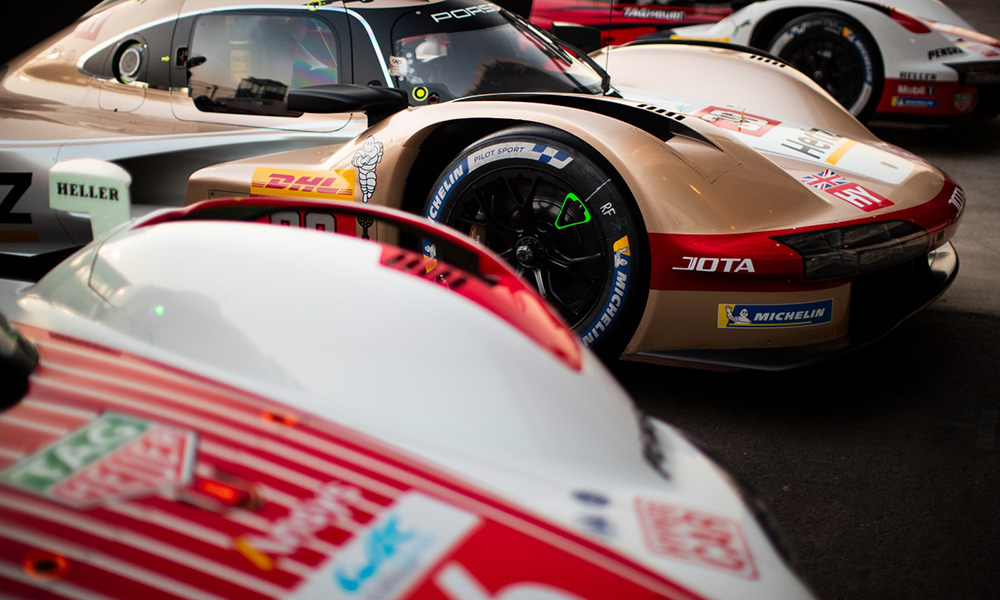
Photo: Drew Gibson/Porsche
A new so-called ‘two-stage’ Balance of Performance system will be evaluated on Hypercar class entries in this week’s FIA World Endurance Championship Prologue test, it has been revealed.
The system, which is outlined in the latest BoP document issued by the FIA and ACO, provisionally alters power levels at speeds above 210 km/h (130 mph), as outlined in a separate “power gain” column.
While the document has each of the nine Hypercars listed with a change of zero percent compared to their standard power levels, Sportscar365 understands that exact figures have been communicated to Hypercar teams for evaluation purposes.
The “power gain” will not be used for the Qatar 1812km race but may be utilized from the second round of the season at Imola onwards, according to the BoP document.
Equally, the 210 km/h threshold is subject to review.
A similar system has been implemented in LMGT3, although at a slightly lower threshold of 200 km/h (124 mph), which will be put into place for next weekend’s season opener.
Unlike the Hypercar equivalent, the document does not list specific base power outputs in kW for the nine different GT3 models in the field, instead only referencing different engine settings, but the percentage changes for each model are listed.
The biggest change impacts the Lamborghini Huracan GT3 EVO2, which loses four percent of power over the 200 km/h threshold, while both the Ferrari 296 GT3 and Lexus RC F GT3 will lose one percent.
Four models will gain additional power above 200 km/h, with the Aston Martin Vantage GT3 Evo and Ford Mustang GT3 both listed as plus two percent, and the BMW M4 GT3 and Porsche 911 GT3 R given plus one percent.
The Chevrolet Corvette Z06 GT3.R and McLaren 720s GT3 Evo are the only GT3 models which are subject to a zero percent change.
While there was no comment from the FIA regarding the new system, further clarification is expected to come from the organizers later this week.

























